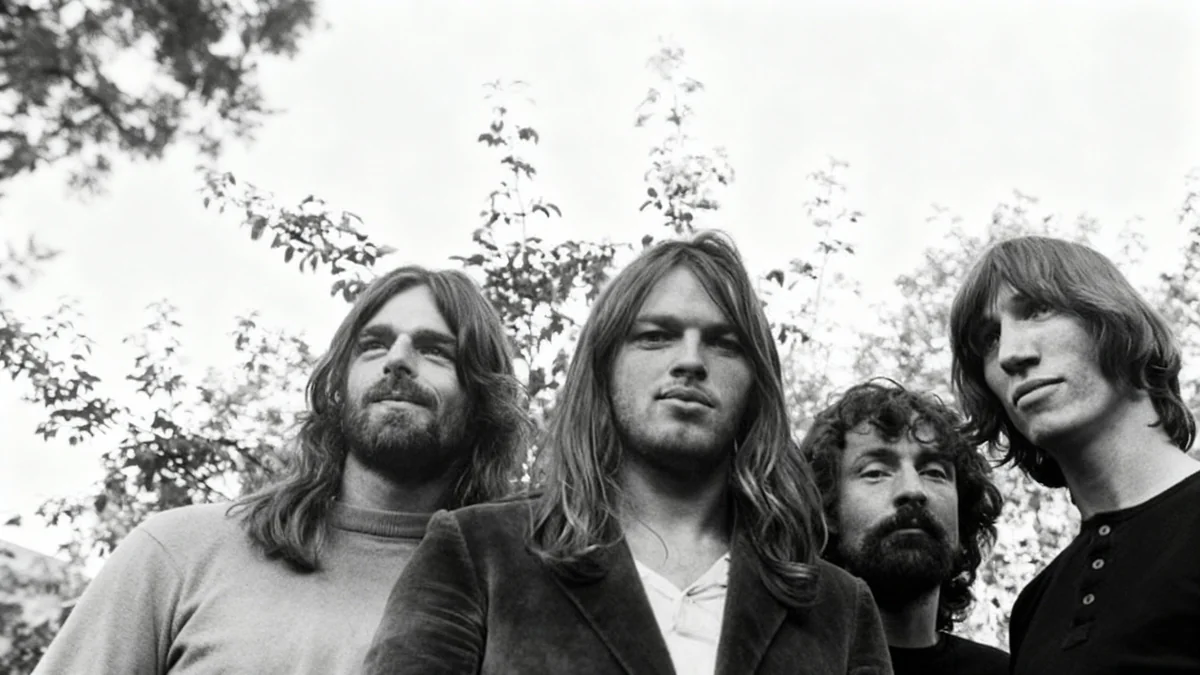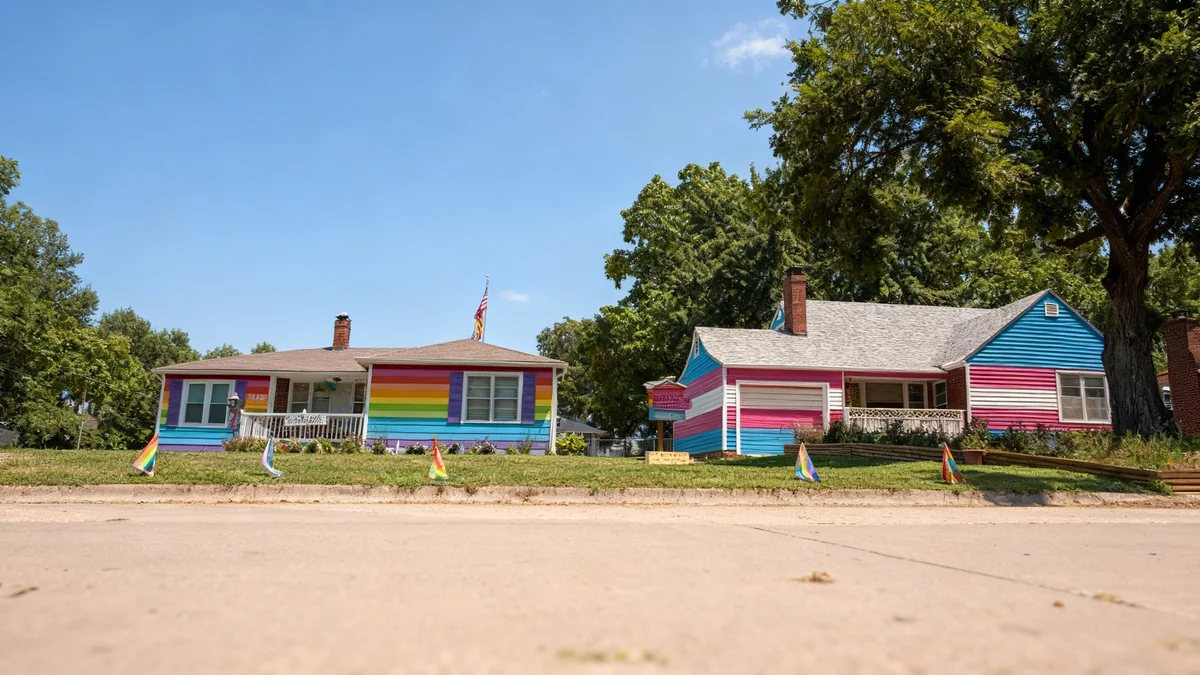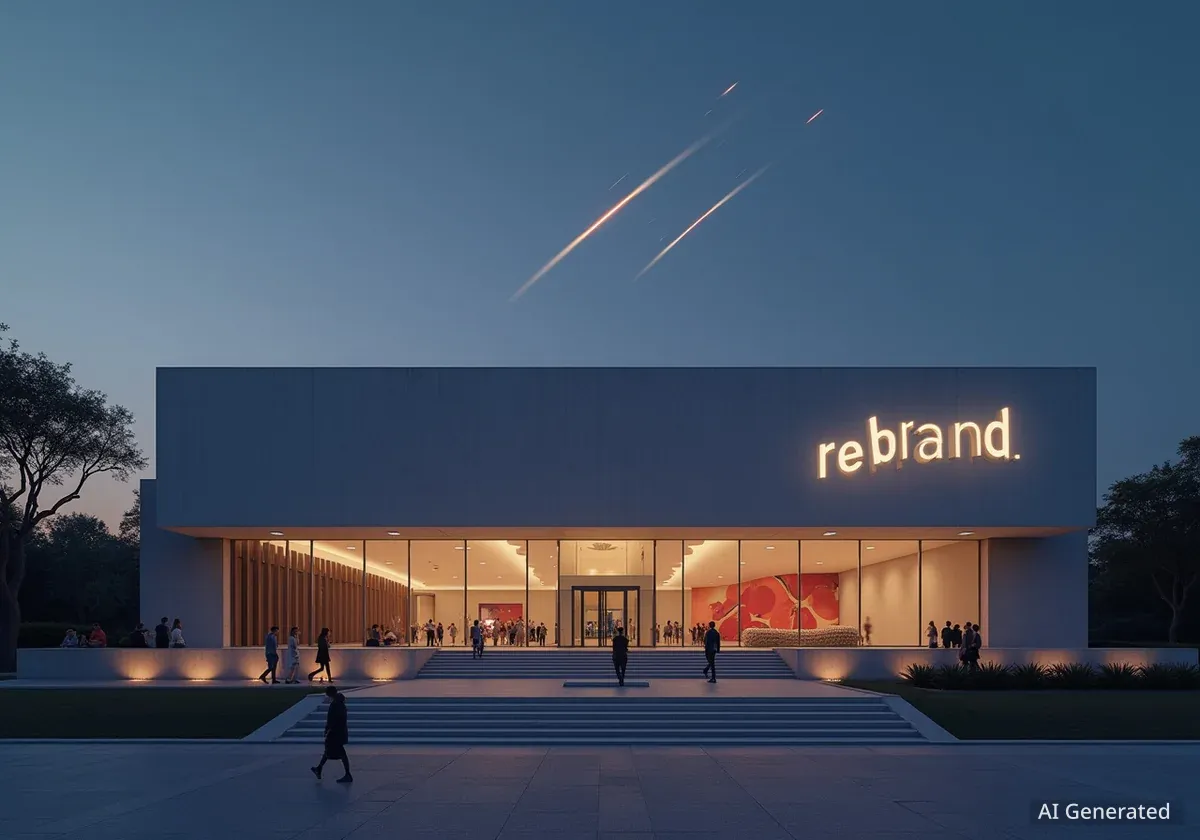Gwangmyeong, South Korea, has officially opened its new Center for Intangible Cultural Heritage. The facility, spanning 997 square meters, aims to preserve and promote the region's rich traditional arts, including Gwangmyeong Nongak and Seodo Songs. This opening marks a significant step in safeguarding cultural assets for future generations.
Key Takeaways
- The Gwangmyeong Center for Intangible Cultural Heritage opened in August 2024.
- The center features a performance hall, rehearsal rooms, and educational facilities.
- It is located within the Gi Hyeong-do Cultural Park, enhancing accessibility.
- The architecture blends traditional Korean aesthetics with modern design.
- The center focuses on preserving local traditions like Gwangmyeong Nongak and Seodo Songs.
A New Hub for Traditional Arts in Gwangmyeong
For many years, Gwangmyeong lacked a dedicated space to nurture its intangible cultural assets. This new center addresses that need directly. It provides a systematic environment for training, performances, and educational programs related to traditional Korean culture.
The facility's design competition concluded three years ago, leading to the creation of this modern yet culturally resonant building. Its completion in August 2024 provides a permanent home for the city's cherished traditions.
Project Details
- Area: 997 m²
- Completion Year: 2022 (opened August 2024)
- Lead Architects: Seuntae O (GAGAHOHO Architects)
- City: Gwangmyeong-si, South Korea
Gwangmyeong's Rich Cultural Tapestry
Gwangmyeong is known for its deep connection to various intangible cultural assets. Among these, Gwangmyeong Nongak stands out. This traditional farmers' music and dance has been passed down for over 450 years in the Soha-dong and Hakon-dong areas. It represents a living history of the region's agricultural heritage.
Another significant tradition is Seodo Songs. This genre of Korean folk music originated from the northwestern provinces of Hwanghae and Pyeongan. Recognized human cultural assets based in Gwangmyeong actively preserve and transmit both Nongak and Seodo Songs.
Beyond these officially designated assets, local communities also cherish practices like Abang-ri Farming Songs and Abang-ri Tug-of-War. While not formal cultural properties, these traditions contribute to the city's unique identity.
"The beauty that has endured through generations resides deeply within these intangible traditions—and it is our shared responsibility to preserve and pass them on."
Integrating Culture and Nature
The Gwangmyeong Center for Intangible Cultural Heritage is strategically located next to the Gi Hyeong-do Literary Museum. Both facilities are part of the Gi Hyeong-do Cultural Park, a popular spot named after a beloved Gwangmyeong poet. The park features lush forests and tranquil walking trails, making it a peaceful resting place for residents.
The center's entrance directly connects to the park's poetry trail. This integration enhances accessibility and encourages visitors to engage with culture amidst a natural setting. The landscaping around the center extends seamlessly from the park, creating a harmonious blend of built and natural environments.
Cultural Park Connection
The Gi Hyeong-do Cultural Park provides a serene backdrop for the new center. Its natural beauty and literary connections create a holistic cultural experience for visitors. This synergy highlights Gwangmyeong's commitment to both its natural landscape and its artistic heritage.
Architectural Design Reflects Movement and Sound
Designing the center involved navigating a challenging triangular site with sloping terrain and noise from a nearby expressway. Architects focused on capturing the intangible essence of Korean traditional performance—the rhythm of sound and the movement of dance—within the building's form.
The building plan stretches horizontally. The performance hall occupies the curved edge of the site, accommodating its unique shape. A central atrium serves as the core of the structure, separating the performance and waiting areas from the rehearsal, education, and office spaces.
Performance and Education Facilities
- Performance Hall: A 150-seat auditorium with a compact, semi-circular stage. This design fosters a close connection between performers and audience.
- Rehearsal Rooms: Dedicated spaces for practitioners to hone their skills.
- Educational Facilities: Classrooms for teaching traditional arts to new generations.
- Central Atrium: Features a large circular skylight, filling the interior with natural light and creating an open, inviting atmosphere.
Embodying Tradition in Modern Form
The architecture itself pays homage to Korean traditional culture. Sweeping curved rooflines and dynamic exterior walls evoke the swirling motion of the sangmo (ribbon hat) worn during Nongak performances. Exposed rafters reinterpret the structural beauty found in traditional Korean wooden architecture, blending past and present.
The exterior is clad in carbonized wood. This material was chosen for its subtle transformation over time, developing a silvery-gray tone that conveys quiet dignity. The same material extends into the interior, creating a visual flow between the building and its surroundings.
In contrast, the performance hall uses exposed brick, a deliberate choice that references the material palette of the Gwangmyeong Art Center. This connection reinforces the city's broader architectural identity. Over time, vines are expected to grow on the walls, further integrating the structure with the park's natural environment.
The Gwangmyeong Center for Intangible Cultural Heritage aims to be a vibrant space. It seeks to be a place where people can feel, learn, and celebrate the timeless values of tradition. The center will be filled with energy, brightness, and abundance, much like a boat returning home with a full catch.




